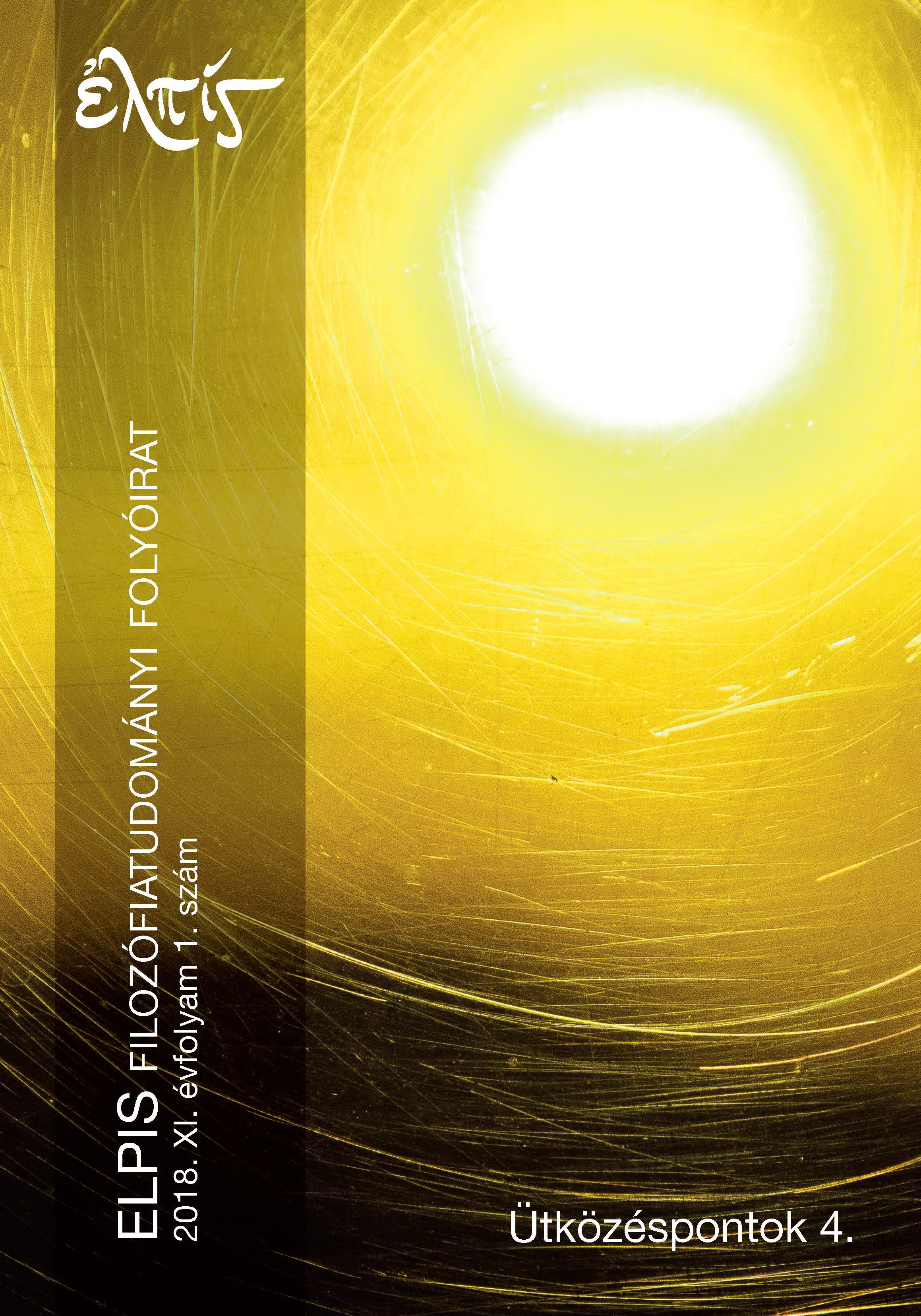The Secret Life of Plants – The Place and Role of ἕτερον ζῷον in the Living World of the Timaeus
DOI:
https://doi.org/10.54310/Elpis.2018.1.1Keywords:
Plato, Timaeus, living being, plantsAbstract
A unique feature of Plato’s Timaeus is that it unites all living beings in one single, hierarchical system that extends from the metaphysical foundations of life all the way to particular physiological details concerning the living body, with its complexity and sophistication unparalleled in the dialogues. The kernel of the account is, first, the immortal soul present in each living being with its two activities: orderly self-motion and thought, and secondly, transmigration. It comes as a surprise, that in his brief description of plants Timaeus calls them living beings, while denying them both self-motion and thought, and excluding them from transmigration. In this paper I discuss two different strategies for resolving this tension. First, I show that Timaeus’ self-proclaimed motivation for including plants within the group of living beings is simply that they have a soul. Secondly, I explore a solution proposed in the commentaries, namely that plants are living beings in so far as they are parts of the Cosmic Living Being, and I outline how this reading would change our picture of the nature of the Cosmic Living Being.




